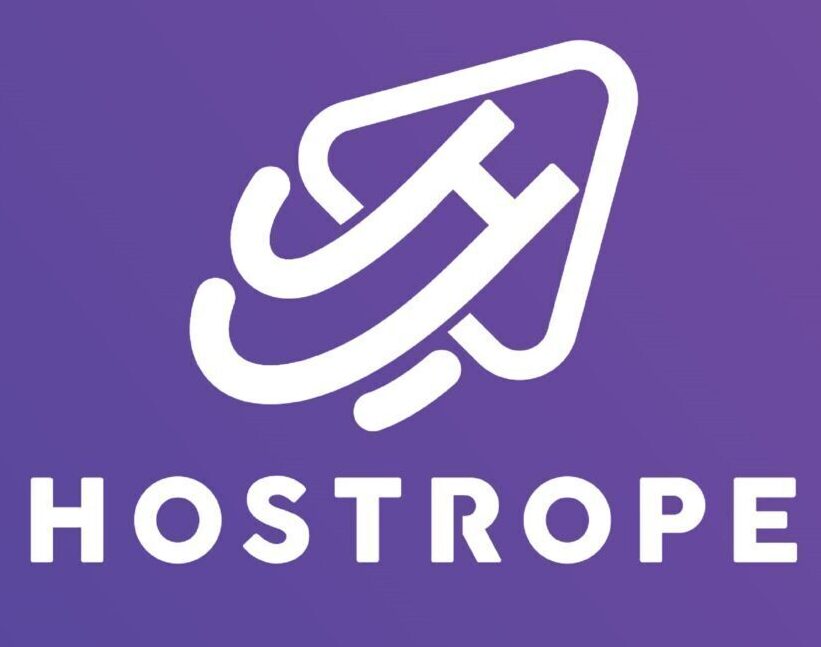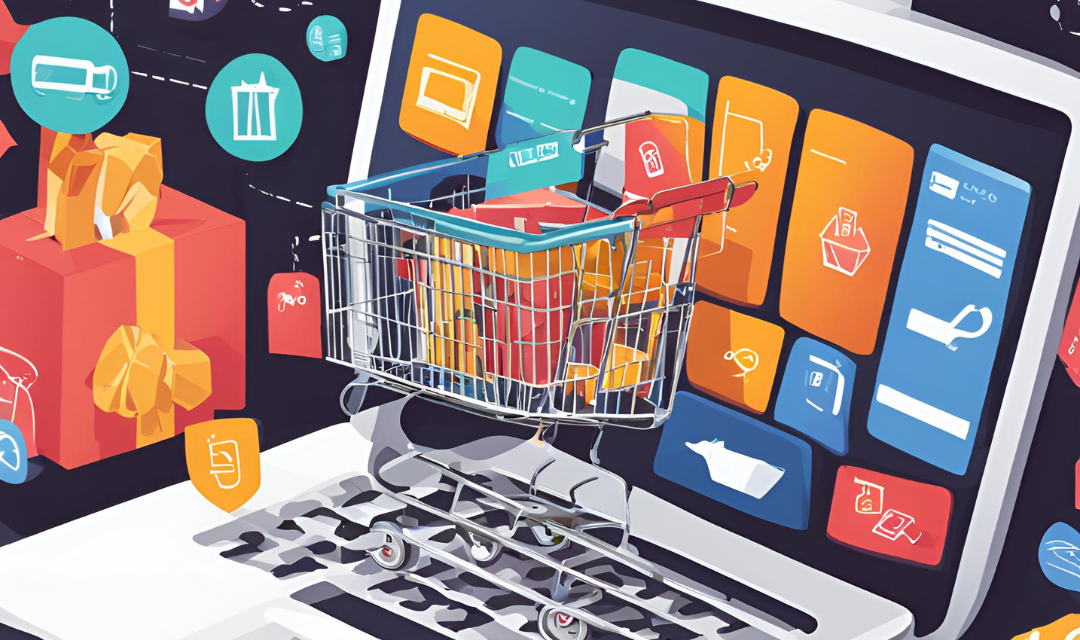In the rapidly evolving landscape of modern business, eCommerce has emerged as a pivotal component of the global economy. With the internet at the core of this transformation, eCommerce encompasses a variety of activities related to the buying and selling of goods and services online. This comprehensive guide aims to demystify eCommerce for beginners, covering its definitions, types, components, benefits, challenges, and future trends.
What is eCommerce?
eCommerce, short for electronic commerce, refers to any transaction that occurs over the internet. This broad term includes everything from online retail shopping to digital marketplaces, allowing consumers to browse and purchase products and services from the comfort of their homes. The rise of eCommerce has transformed how businesses operate, offering new avenues for revenue generation while providing consumers with unprecedented convenience.
The Evolution of eCommerce
The concept of eCommerce can be traced back to the 1960s when businesses began using electronic data interchange (EDI) to transmit documents. However, the modern form of eCommerce began taking shape in the 1990s with the advent of the World Wide Web. The launch of platforms like Amazon and eBay marked significant milestones in the growth of online shopping.
The early 2000s saw rapid advancements in internet technologies, making eCommerce more accessible to both businesses and consumers. With the introduction of secure payment gateways and online shopping carts, consumers felt more comfortable making purchases online. The rise of smartphones and mobile internet access further accelerated eCommerce growth, leading to the development of mobile commerce (mCommerce).
Types of eCommerce
Understanding the different types of eCommerce is essential for beginners. Each model caters to distinct business needs and consumer behaviors.
-
B2C (Business-to-Consumer):
- Definition: In this model, businesses sell directly to consumers. It is the most prevalent form of eCommerce, with platforms like Amazon, Walmart, and Alibaba.
- Examples: Online retailers that offer a wide range of products, from clothing to electronics.
-
B2B (Business-to-Business):
- Definition: This model involves transactions between businesses, such as wholesalers selling to retailers or manufacturers supplying components to other companies.
- Examples: Companies like Alibaba and ThomasNet facilitate B2B transactions by connecting suppliers with buyers.
-
C2C (Consumer-to-Consumer):
- Definition: In C2C eCommerce, consumers sell directly to other consumers. This model typically utilizes online platforms that facilitate these transactions.
- Examples: eBay, Craigslist, and Facebook Marketplace allow individuals to list and sell their items to other users.
-
C2B (Consumer-to-Business):
- Definition: This model allows individuals to sell their products or services to businesses. This includes freelancers and influencers who offer their expertise to companies.
- Examples: Websites like Upwork and Fiverr enable freelancers to connect with businesses seeking specific services.
-
B2G (Business-to-Government):
- Definition: In this model, businesses provide goods and services to government agencies. This can include everything from software solutions to construction services.
- Examples: Companies that bid on government contracts or provide goods through procurement platforms.
-
G2C (Government-to-Consumer):
- Definition: In this model, government entities provide services or information directly to consumers. This includes online tax filing services or public information dissemination.
- Examples: Government websites where citizens can access services like vehicle registration or health information.
Core Components of eCommerce
Several key components contribute to the successful operation of an eCommerce business. Understanding these components is crucial for anyone looking to enter the online marketplace.
-
eCommerce Platforms:
- Definition: An eCommerce platform is a software solution that enables businesses to create and manage their online stores. These platforms provide essential features like product listings, shopping carts, payment processing, and inventory management.
- Popular Platforms: Some widely used eCommerce platforms include Shopify, WooCommerce (for WordPress), Magento, and BigCommerce. Each platform has its strengths, catering to different business sizes and needs.
-
Payment Processing:
- Definition: Payment processing is the method by which businesses accept and manage online payments. Secure payment gateways are essential for facilitating transactions between consumers and businesses.
- Popular Payment Processors: PayPal, Stripe, Square, and Authorize.Net are popular payment processors that offer secure transaction processing and support various payment methods, including credit cards and digital wallets.
-
Logistics and Fulfillment:
- Definition: Logistics refers to the process of storing, packing, and delivering products to customers. Efficient logistics and fulfillment operations are critical for ensuring timely delivery and customer satisfaction.
- Key Elements: This includes inventory management, order processing, shipping, and handling returns. Companies often partner with third-party logistics (3PL) providers to streamline these operations.
-
Customer Relationship Management (CRM):
- Definition: CRM systems help businesses manage interactions with customers, track sales, and improve customer service. Effective CRM practices can enhance customer loyalty and retention.
- Popular CRM Tools: Salesforce, HubSpot, and Zoho CRM are examples of tools that help businesses manage customer relationships effectively.
-
Digital Marketing:
- Definition: Digital marketing encompasses various strategies to promote products and services online. It is essential for driving traffic to eCommerce sites and converting visitors into customers.
- Key Strategies:
- Search Engine Optimization (SEO): Optimizing website content to rank higher in search engine results.
- Email Marketing: Sending targeted emails to nurture leads and retain customers.
- Social Media Marketing: Engaging with customers on platforms like Facebook, Instagram, and Twitter to promote products and drive sales.
- Pay-Per-Click (PPC) Advertising: Running paid ads on search engines and social media to increase visibility.
-
Website Design and User Experience (UX):
- Definition: The design and functionality of an eCommerce website play a crucial role in attracting and retaining customers. A well-designed site provides a seamless shopping experience.
- Key Elements: Important aspects of website design include easy navigation, mobile responsiveness, fast loading times, and clear product descriptions. User-friendly interfaces enhance the shopping experience and encourage conversions.
Benefits of eCommerce
The rise of eCommerce offers numerous benefits for both businesses and consumers. Understanding these advantages can help individuals and companies appreciate the significance of online commerce.
-
Convenience:
- eCommerce allows consumers to shop anytime and anywhere, eliminating the constraints of traditional retail hours. Shoppers can browse products, compare prices, and make purchases with just a few clicks.
-
Wider Selection:
- Online stores provide access to a vast array of products and services. Consumers can explore global marketplaces, discovering unique items that may not be available locally.
-
Cost-Effectiveness:
- Operating an online business often involves lower overhead costs compared to brick-and-mortar stores. This cost efficiency can lead to competitive pricing for consumers.
-
Personalization:
- eCommerce platforms can collect data on consumer behavior and preferences, allowing businesses to personalize shopping experiences. Tailored recommendations and targeted marketing enhance customer satisfaction and loyalty.
-
Global Reach:
- eCommerce enables businesses to reach a global audience. Companies can expand their market presence beyond geographical boundaries, tapping into new customer segments.
-
24/7 Availability:
- Unlike traditional stores, eCommerce websites are always open. This constant availability allows businesses to cater to customers in different time zones and meet their needs at any hour.
-
Streamlined Operations:
- Automated processes for inventory management, order processing, and customer service can enhance operational efficiency. This allows businesses to focus on growth and innovation.
Challenges of eCommerce
While eCommerce presents significant opportunities, it also comes with its share of challenges. Understanding these obstacles can help entrepreneurs navigate the complexities of online business.
-
Intense Competition:
- The online marketplace is highly competitive, with numerous businesses vying for consumer attention. Establishing a unique brand identity and effective marketing strategies is essential to stand out.
-
Security Risks:
- Online transactions are susceptible to cyber threats, including data breaches and fraud. Implementing robust security measures, such as encryption and secure payment gateways, is crucial for protecting customer information.
-
Customer Trust:
- Building trust with online shoppers is paramount. Consumers may hesitate to purchase from unfamiliar websites, so businesses must prioritize transparency, secure payment options, and reliable customer service.
-
Logistics Challenges:
- Efficient logistics and fulfillment can be complex, particularly for businesses with diverse product offerings. Delays in shipping or inventory management can lead to dissatisfied customers.
-
Returns Management:
- Handling returns and exchanges can be challenging in eCommerce. Businesses must establish clear return policies and efficient processes to address customer concerns and maintain satisfaction.
-
Technological Dependence:
- eCommerce businesses rely heavily on technology. Technical issues, such as website downtime or payment processing failures, can disrupt operations and harm customer experiences.
Future Trends in eCommerce
As technology continues to evolve, the eCommerce landscape is poised for further transformation. Here are some key trends shaping the future of online commerce:
-
Mobile Commerce (mCommerce):
- With the increasing use of smartphones, mCommerce is expected to dominate the eCommerce landscape. Businesses will need to optimize their websites for mobile users and consider developing dedicated mobile apps.
-
Artificial Intelligence (AI):
- AI-driven technologies will enhance personalization, customer service, and inventory management. Chatbots and virtual assistants will provide instant support to consumers, improving engagement and satisfaction.
-
Augmented Reality (AR) and Virtual Reality (VR):
- AR and VR technologies will revolutionize online shopping experiences. Customers will be able to visualize products in their environments, enhancing decision-making and reducing returns.
-
Subscription Services:
- Subscription-based models are gaining popularity, providing consumers with convenience and curated product selections. Businesses can build loyal customer bases through recurring revenue streams.
-
Sustainable Practices:
- As consumers become more environmentally conscious, eCommerce businesses will need to adopt sustainable practices. This includes eco-friendly packaging, responsible sourcing, and transparent supply chains.
-
Social Commerce:
- Social media platforms are increasingly integrating eCommerce features, allowing businesses to sell products directly through social channels. This trend blurs the line between social networking and online shopping.
-
Voice Commerce:
- The rise of voice-activated devices will influence how consumers shop online. Voice search and voice shopping will become more prevalent, prompting businesses to optimize their content for voice queries.
Conclusion
eCommerce has fundamentally transformed the way we conduct business and shop for goods and services. For beginners, understanding the various aspects of eCommerce, including its types, components, benefits, challenges, and future trends, is essential for navigating this dynamic landscape.
As technology continues to evolve and consumer preferences shift, eCommerce will remain a critical player in the global economy. Whether you’re an aspiring entrepreneur looking to start an online business or a consumer exploring the world of online shopping, grasping the fundamentals of eCommerce will empower you to thrive in this digital marketplace. With the right knowledge and strategies, the possibilities for success in eCommerce are virtually limitless.









